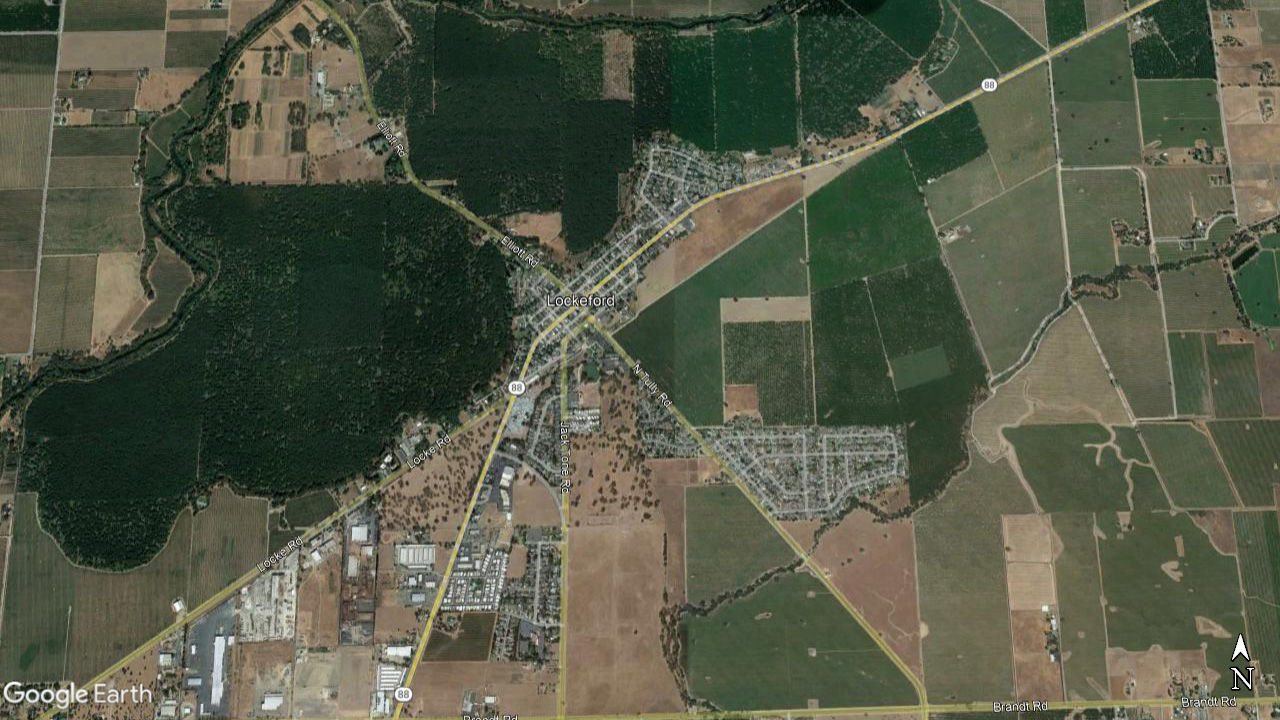Amazon announces intent to begin drone delivery
Rural California community may be the first Amazon Prime Air town in US
Amazon announced June 13 that its Prime Air drone delivery program will begin dropping packages to customers in Lockeford, California, “later this year,” though the FAA was conspicuously silent.
The retail giant that made Jeff Bezos a spacefaring billionaire made a public splash on television and in the media June 13 with its stated intent to make Lockeford, California, “among the first to receive Prime Air drone deliveries in the U.S.” The announcement followed a flurry of recent reporting on delays and difficulties for the retail giant’s decadelong effort, including a Bloomberg investigation published in April that put the cost to date at more than $2 billion for a development and testing program that has not met previously announced goals. Lockeford was one of two new U.S. test locations that Amazon plans to launch, according to Bloomberg’s April report. An Amazon Prime Air test facility in College Station, Texas, was also planned.
“We designed our sense-and-avoid system for two main scenarios: to be safe when in transit, and to be safe when approaching the ground. When flying to the delivery location, the drones need to be able to identify static and moving obstacles. Our algorithms use a diverse suite of technologies for object detection,” Amazon wrote. “Using this system, our drone can identify a static object in its path, like a chimney. It can also detect moving objects on the horizon, like other aircraft, even when it’s hard for people to see them. If obstacles are identified, our drone will automatically change course to safely avoid them.”
Amazon said its drones will be able to use that “industry-leading sense-and-avoid system” safely, and "without visual observers." It remains to be seen when the FAA will be on board with that. To date, the agency has allowed uncrewed aircraft to operate beyond the pilot’s sight (beyond visual line of sight, or BVLOS) only in very limited circumstances. Amazon served as the co-chair of an FAA rulemaking advisory committee created to propose regulations that would enable BVLOS operations, and AOPA and other aviation stakeholders voiced serious concerns about how the committee proposed to approach that.
The FAA will hold a virtual public meeting June 22 to gather more feedback on the BVLOS rulemaking committee's report. It is not clear when the FAA will initiate a rulemaking effort on this topic, and that process typically requires months to complete.
Amazon is reported to be one of three firms to receive FAA Part 135 air carrier certificates for uncrewed operations—rivals UPS and Alphabet’s Wing have also received such certificates, though additional approvals are required to begin hauling packages to customers, and the timeline for that remains unclear. Approval for routine BVLOS operations remains the key obstacle that all drone delivery hopefuls must navigate.





